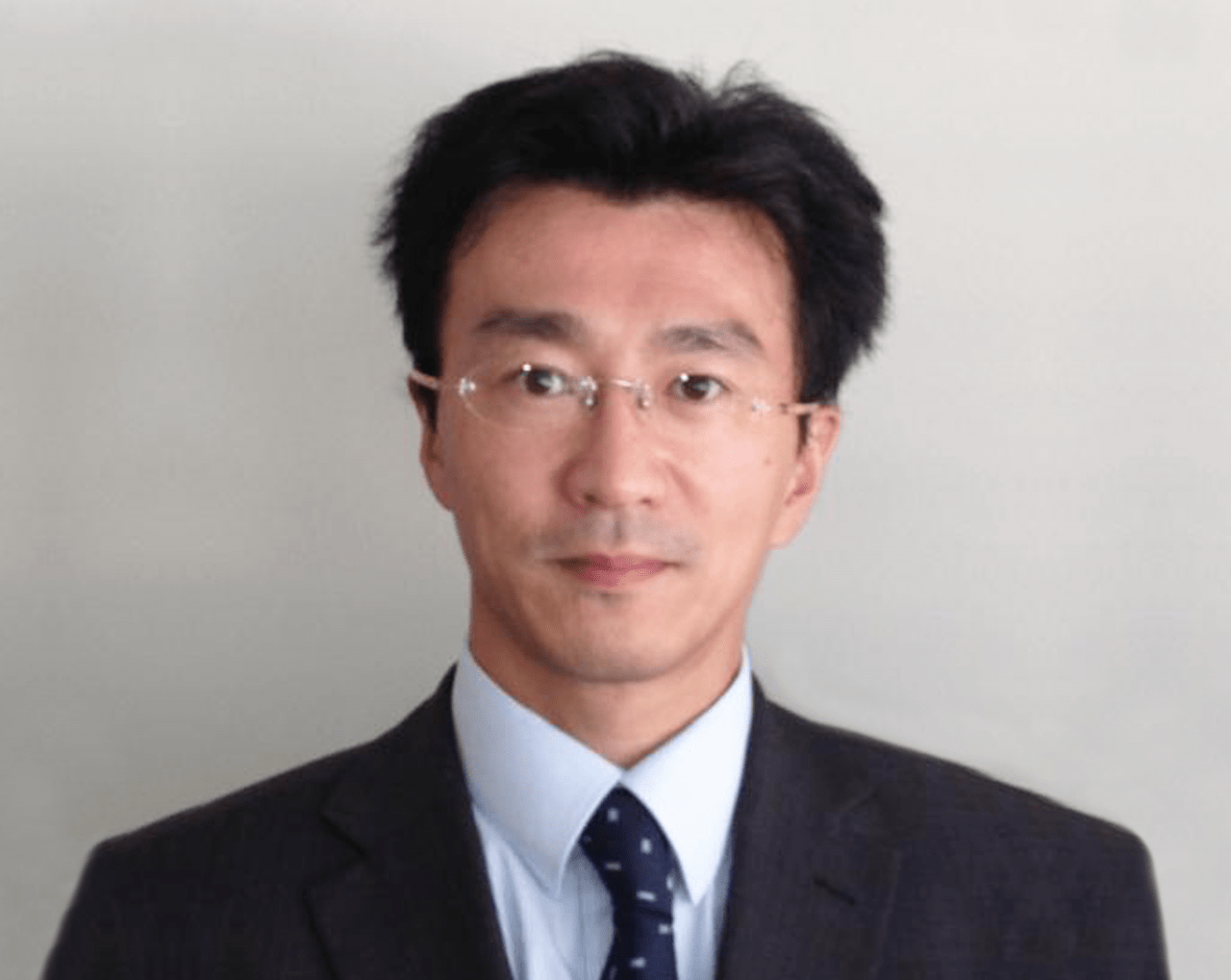Press Room
13th DPI Symposium
Start
Thursday, November 24, 2022 - 09:00
Location:
Toyama, Japan
| Schedule your meeting today with Yasushi Usuda - Regional Sales Director | |
 |
|
Let’s discuss your project together.
Eunice Costa, R&D Director – Inhalation and Advanced Drug Delivery, will be a speaker at the symposium.
- Title: High Dosage DPI - Formulation and process development considerations
- Abstract: The inhalation route of administration presents several advantages, and in the last years the drug loads administered to the lung have increased more than 10 times for drugs such as antibiotics and biopharmaceuticals. The increase in dose comes with manufacturing and delivery challenges for both small and large molecules - the generation of a stable aerosol able to reach the lungs while preserving the integrity of the active ingredient, rendering it safe and effective. In the presentation the in house strategies for the manufacturing and pulmonary delivery of high dosages will be explored, from particle engineering of crystalline fine particles to spray-dried formulations, coupled with Hovione devices. This presentation will showcase the most promising high dosage formulation strategies with focus on particle engineering methods for dry powder inhalation such as spray drying.

